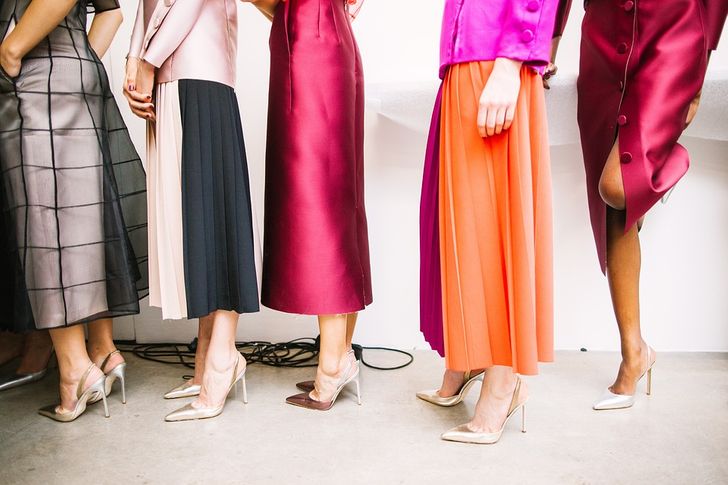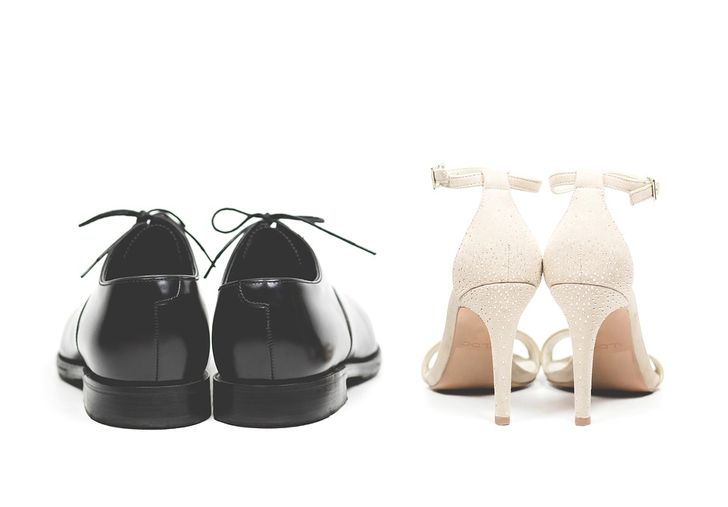Surprisingly, a lot of men in
long-term relationships are getting bigger, and that might be the doing of their women. They go into a “taking care” mode that results in feeding their partner excessively (with the intention of having a strong “warrior” by their side). There is also the unconscious intention of making a man less attractive to other females.
7. Style over comfort
This curiosity does not have a scientific explanation — rather a social one. Society and media have been pressing women for centuries to hold themselves to a certain standard, be it small feet or a perky behind, and that results in the majority of women choosing stylish presentation over comfort.
6. A heightened sense of smell
Just like the point before, the heightened sense of smell helped our ancestors to survive and, as women were mainly gatherers, helped them to pick the right foods for the family. So to appeal to that heightened sense — maybe some flowers?
5. The brain cells are packed more densely in the female brain.
On average, the female brain is 9% smaller than its male counterpart. But this has no effect on cognitive abilities since the cell count is the same and they are just packed densely.
4. They are the unsung heroes of inventions.
Mary Anderson invented the windshield wiper in 1903. In addition, women over the years have patented: disposable diapers, paper bags, nonreflective glass, the foot-pedal trash can, the dishwasher, and many other innovations.
3. Heels were for men.
In the 1600s, heels were brought into women’s fashion to mimic the men who wore heels as a sign of their masculinity and status.
2. Reading faces
From the very beginning of their lives, women are better at reading faces, gestures, and voice tones, which makes them superior conversationalists and social leaders. Even in a group of people, all the social interactions would probably be led by an alpha-type female than an alpha male.
1. Long live women!
Sometimes the life duration differences between men and women can be up to a decade, but on average it is at least 2–3 years all over the world. And this is not only true for human females. Female orangutans and chimpanzees also outlive their male counterparts.












